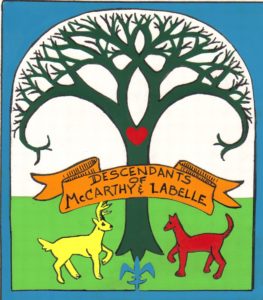 March 17th is not only St. Patrick’s Day, it also the day my mom was born. Happy Birthday Mom!!! Patricia McCarthy who later married a Sullivan. Seems like you can’t get more Irish than that. While my first name isn’t particularly Irish — my siblings, Kevin and Colleen, couldn’t bear more Irish monikers.
March 17th is not only St. Patrick’s Day, it also the day my mom was born. Happy Birthday Mom!!! Patricia McCarthy who later married a Sullivan. Seems like you can’t get more Irish than that. While my first name isn’t particularly Irish — my siblings, Kevin and Colleen, couldn’t bear more Irish monikers.
Growing up in an Irish Catholic family with many cousins, aunts, and uncles, there was always a lot of pride in this Irish identity. Green shamrocks, Irish jigs, affiliation with the church where many of the Irish families went, and later in life trips to Ireland. Yet both of my grandmothers were French Canadian, Quebecois. Both spoke French as children and up until their marriages, both had been part of long, long Quebecois lineages. My cousin Jeannie McCarthy, who later became a DeSantis, has done the leg work to map the tree on my mom’s side.
I never knew either of my grandfathers, the ones who connect me to my Irish roots. My mom’s father died when she was nine. As I’ve gotten older, I find it strange that this Irish identity was so embraced while the Quebecois just sat in the corner. I think some of the claiming of the Irish identity and ignoring the Quebecois has to do with power dynamics in a small rural town (including tensions around language and assimilation) and some has to do with patriarchy.
In the years since my mom’s death, I have looked at the long, long line of women who made me possible, finding my way back to Marie Bardin born about 1597 in La Rochelle, France whose daughter Marie Boisdon would marry Jaques Vézina and travel with him to New France in the mid-1600s. My Irish ancestors would come nearly two centuries later. Up until my generation, my direct ancestors had not moved far from that 90 miles between Montreal and Malone, NY.
So on this very Irish of days, I also want to celebrate those French women who came before me, as well as that first generation who blended the French with the Irish, my mom and her siblings. They have left me with an identity that is more than just being a Sullivan. While I am at it, I wish a happy birthday to Don Bernier who is a Franco-American born on St. Patrick’s Day. Seems appropriate to note him here 🙂
[NOTE: The family crest in this post was created by my cousin Joel Chapin whose mother was born Ruth McCarthy. He crafted it for our first official family reunion and it perfectly reflects the binding of the Irish and French that was our grandmother, Grace May (or Mary) Labelle McCarthy.]
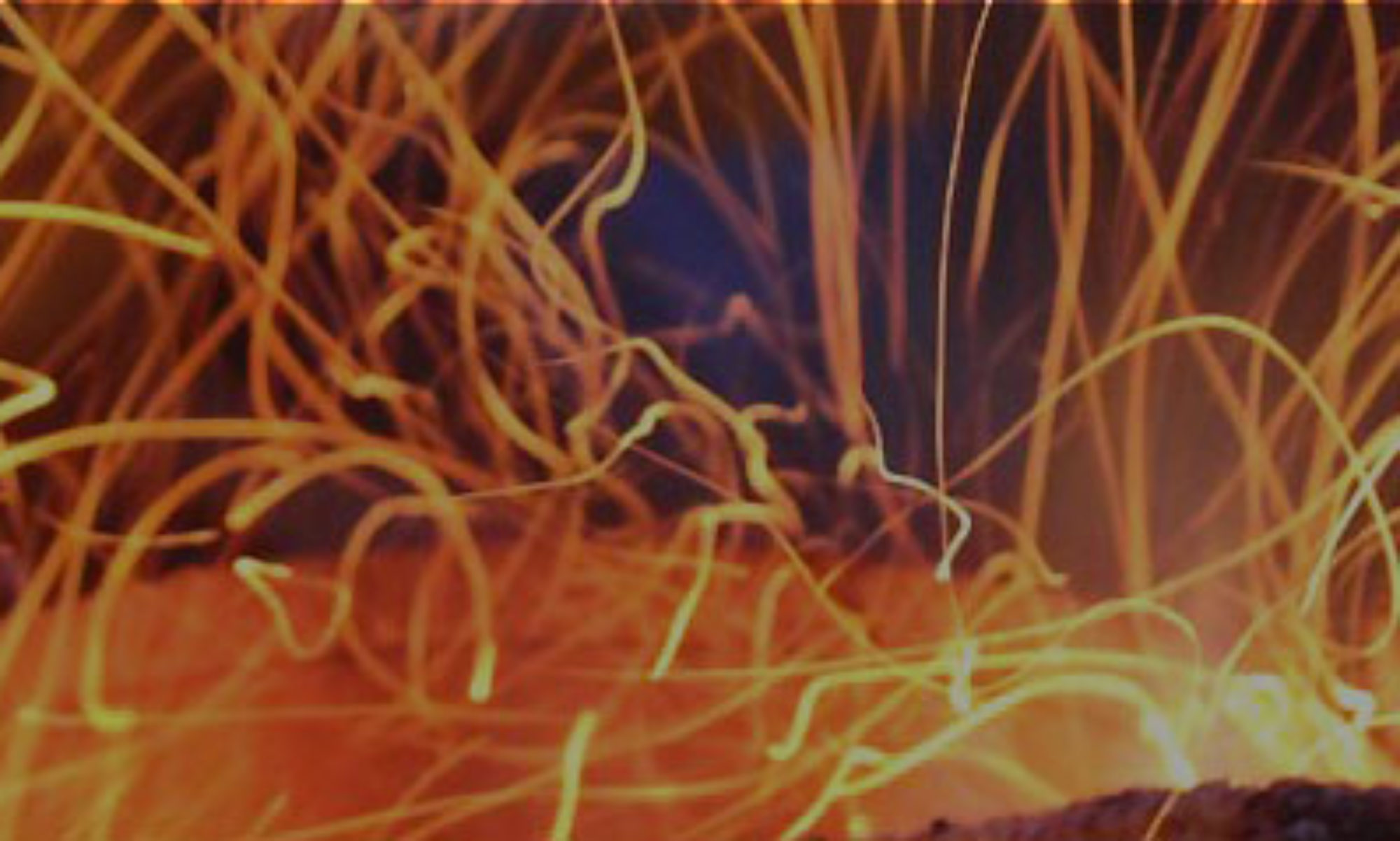

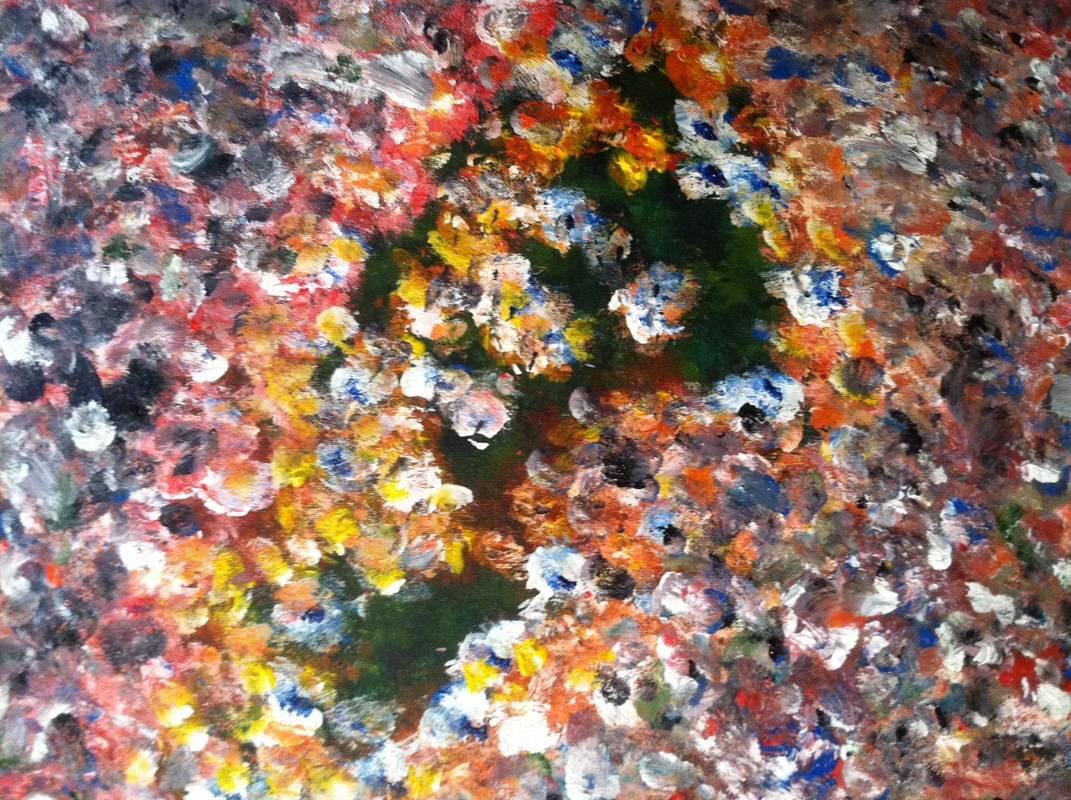
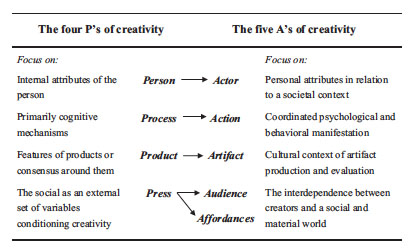
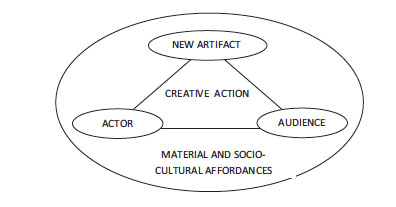
 I just finished reading a really wonderful essay by Curtis White in the April issue of Harper’s Magazine. The essay looks at US traditions of religion and reason and places them both in contrast to Thoreau’s thoughts on humanness and spirituality. A culture of death created by money and a corporate society are countered by individual resistance and instence on a stance in opposition to society. I certainly am not doing it justice, but is definitely worth a read.
I just finished reading a really wonderful essay by Curtis White in the April issue of Harper’s Magazine. The essay looks at US traditions of religion and reason and places them both in contrast to Thoreau’s thoughts on humanness and spirituality. A culture of death created by money and a corporate society are countered by individual resistance and instence on a stance in opposition to society. I certainly am not doing it justice, but is definitely worth a read.